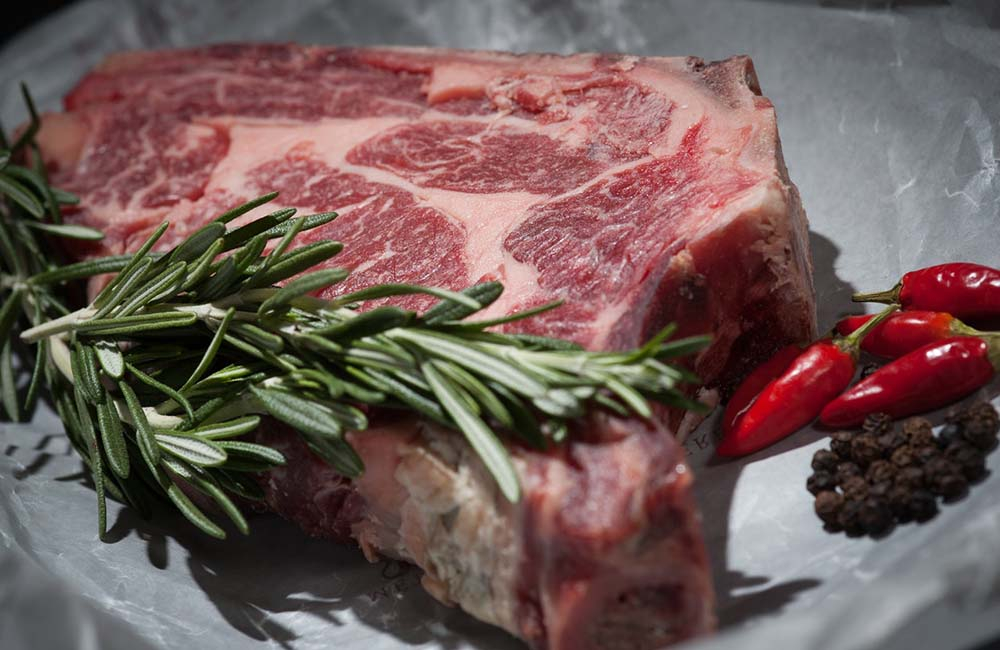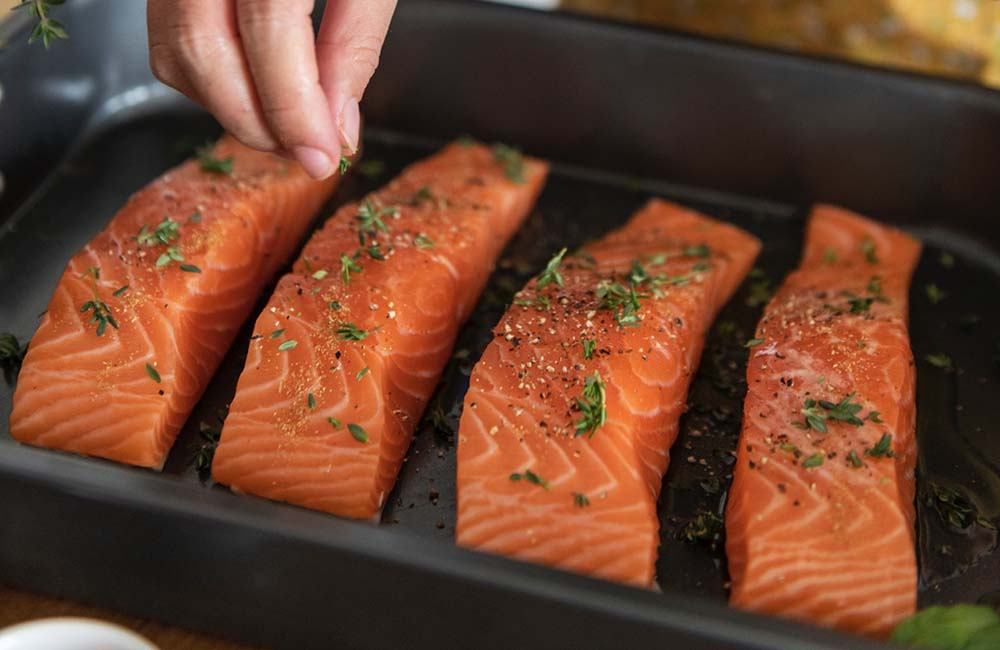What’s the one thing that can make or break your restaurant? Food quality. You can have the best location, a great atmosphere and a spectacular marketing strategy, but if your food is subpar, your doors won’t be open for long.
Food quality can suffer for many reasons, but there are also many ways to improve the dishes you serve.

Why is Quality of Food Important?
The answer may seem obvious, but many restaurants still overlook the importance of quality. Your menu may have the best flavor combinations, but how fresh are your ingredients?
A great menu can be transformed into an unbelievable one simply by upgrading your ingredients.
Quality of food is also important from a business standpoint. Your restaurant can stand out in a sea of competition simply by offering the best quality dishes in town. Which do you think customers would prefer: a dish made with fish frozen weeks ago and shipped to your restaurant, or a dish made with freshly-caught, local fish that was delivered this morning?
The quality you offer will shape your restaurant’s reputation and image in the community. Improving your menu can breathe new life into your establishment and bring new, loyal customers through your door.

8 Impactful Ways to Improve Food Quality
How can you improve the food you serve in a way that your guests will notice? Here are eight ideas:
1. Make Freshness a Priority
Ever wonder what makes food taste good? It’s the freshness of the ingredients. Flavor combinations are certainly important, but fresh ingredients will provide a richer flavor and more nutrients.
Have you ever eaten a freshly picked tomato or strawberry? The difference in flavor compared to its grocery-bought counterpart is extraordinary. The best tasting foods are always the freshest. Guests will definitely notice the difference in your food quality if you start focusing on using fresh ingredients.
2. Eliminate Artificial Ingredients
One effective way to improve food flavor is to eliminate artificial ingredients. According to a report from Technomic, 46% of consumers say the availability of natural items is important when choosing a prepared food item.
Consumers equate natural foods with higher quality. It may not be possible to completely eliminate artificial ingredients, but you can certainly limit them. Here are some ideas:
-
Offer house-made dressings and sauces using fresh ingredients
-
Use fresh herbs and spices
-
Limit the use of processed foods
Cook with natural products, and promote your use of natural ingredients.
3. Use and Promote Branded Ingredients
Promoting branded ingredients will contribute to the premiumization of your menu. Branded ingredients are easily recognized and give guests a reference point of quality.
If your restaurant is located in an area where consumers are especially conscious of choosing local ingredients, be sure to promote the names of any local farms or brands that you use in your dishes. A simple mention of a brand name can automatically shift customer perception when it comes to food quality.
4. Work on Quality Control
Focusing on ingredient quality control will also ensure you serve your guests with better meals. Implement standards to ensure that you use the freshest ingredients possible when preparing your dishes. These standards may take into consideration:
-
When the ingredient was delivered
-
The look, feel and smell of the ingredients
Establish a system for checking ingredients and removing those that don’t meet your standards. Make sure that your staff understands the system and is trained to manage your ingredients properly.
While you’re at it, you may want to reassess your food storage. If you want the best tasting food, optimal storage is crucial.

5. Feature Local and Seasonal Foods
Demand for local and seasonal foods is high. Many consumers prefer to eat at restaurants that work with local farms and offer changing menus with foods that are fresh and in season. These foods tend to be fresher because they don’t have to travel far to get to your doorstep. Fresher ingredients will take your dishes to a new level.
Be sure to promote the use of local and seasonal items on your menu. If you really want to impress your guests with your quality, consider implementing a rotating menu with new, fresh items each season.
6. Work on Your Preparation
Why does restaurant food taste better? Because restaurants have trained chefs, the right equipment and – most importantly – the best ingredients.
Food quality also depends on your preparation and serving. The quicker the food gets to the table, the better it will taste. The better prepared the chef is, the better the food will taste.
Make sure that you’re using the best restaurant food preparation techniques, and that food is getting out to your tables as quickly as possible.

7. Offer Upscale Ingredients
Diners want to see premium options at restaurants, and they’re willing to pay more for them. What kind of premium options can you offer?
-
Premium cheeses, such as Brie or blue cheese
-
Organic or pasture-raised meats
-
Sustainably-sourced seafood
-
Organic vegetables
Give your premium ingredients character. Instead of a hamburger with blue cheese, you may offer a hamburger with a “smoky blue cheese sourced from Wisconsin.” Upscale, or premium, ingredients will enhance your food and your guests’ perception of your restaurant’s quality.
8. Focus on Good-for-You Ingredients
Today’s consumers are more health-conscious. They prioritize menu claims of foods that are natural, low in sugar, cholesterol and sodium, rich in probiotics, high in antioxidants.
Research shows that a third of customers are willing to pay more for superfoods, or foods rich in antioxidants. Superfoods can also be used to dress up a dish or add a premium finish to an otherwise simple meal. A roasted chicken dish, for example, can be finished with wilted baby kale or arugula.
These eight impactful – yet simple – tips are relatively easy to implement and can work wonders to convert first-time customers into loyal patrons.


